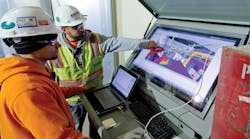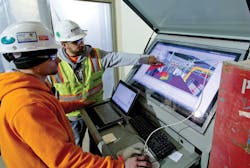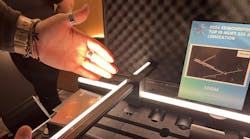When Faith Technologies brought its nationally accredited electrical apprenticeship program in house in 2010, the firm immediately experienced documented success. Aptitude test scores were higher, and state licensing test completion rates were elevated. However, the company was not satisfied with those achievements; it expected more. The staff constantly reviewed the curriculum to make sure it was relevant with the industry, and looked to improve classroom delivery.
The primary goal of any good apprenticeship training program is to match the on-the-job learning (OJL) with materials covered in the classroom. The company is striving to “time” the delivery of information with when the apprentices will be able to apply it on the job site. This approach is designed to expose them to the theory, calculations, and hands-on lab work in a controlled environment before they see it in the field. Re-work and mistakes are best handled in the classroom — where instructors or mentors can safely and efficiently correct any issues.
At Faith Technologies, new employees complete a variety of training courses before entering the apprenticeship program. This training, combined with the first few weeks of apprenticeship training, targets the specific needs of the apprentice and the job site.
By providing new employees with basic safety and conduit hand bending skills in concert with basic wire handling and terminating skills, for example, the new employee arrives at the job site prepared to be a productive team member. Couple that with the additional electrical safety training, advanced conduit bending instruction, and introduction to the National Electrical Code provided in the first weeks of apprenticeship, and the company is able to prepare new apprentices with the safety skills and practical skills to perform at levels higher than expected.
The added benefit of the internal program is that it allows the staff to teach the culture of the company, focusing on safety, productivity, efficiency, and leadership. These skills are the foundation that develops great employees. By targeting the classroom training to fit the OJL, the company is providing training that is “just in time” for the success of the employee as well as the employer.
Haldiman is an estimator and adjunct training facilitator with Faith Technologies, Neenah, Wis. He holds a master’s electrician license in five states, and is a certified NCCER Craft Instructor authorized to teach electrical, instrumentation, and core curriculum. This includes coordination/facilitation of classes, design, and development of technical or trade-related curriculum, job-site audits, and on-site coaching and training. He can be reached at [email protected].




